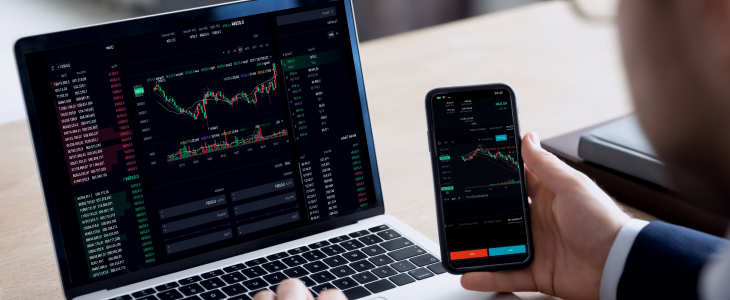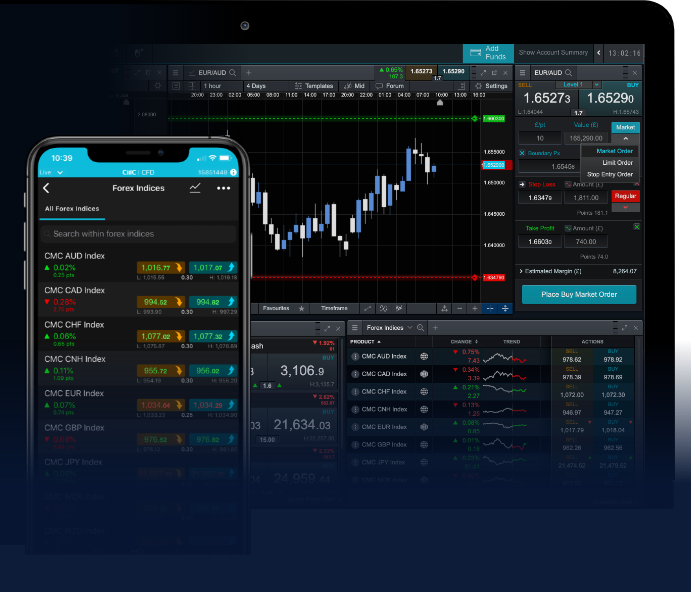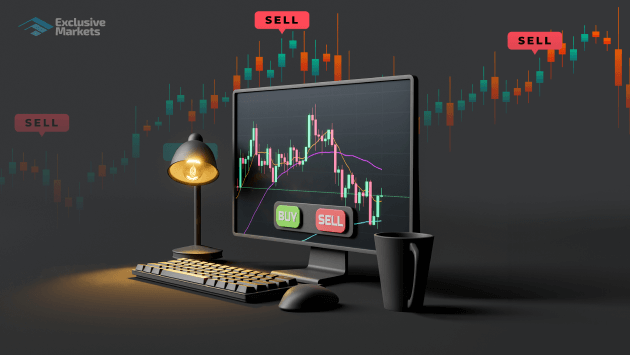The Future of Trading Automated Forex Trading Explained 1702399735
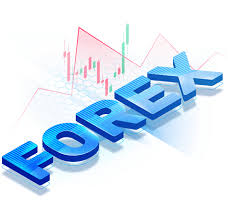
The Future of Trading: Automated Forex Trading Explained
Automated forex trading is revolutionizing the way traders approach the foreign exchange market, providing them with unparalleled speed and efficiency. As technology continues to evolve, traders are increasingly turning to algorithmic solutions to enhance their trading strategies. By utilizing advanced algorithms and trading systems, even novice traders can venture into the complex world of forex trading with confidence. The rise of automated trading solutions has made it easier than ever for individuals to make informed decisions and execute trades effectively. If you’re looking to explore the world of automated forex trading, consider checking out automated forex trading Turkey Brokers, which can guide you through the various options available.
Understanding Automated Forex Trading
At its core, automated forex trading involves using software programs, known as trading bots or expert advisors (EAs), to execute trades on behalf of a trader. These bots operate according to pre-set rules and algorithms. Traders can program these bots to enter and exit trades based on specific market conditions and signals, essentially removing emotional decision-making from the trading process. The primary goal is to maximize profitability while minimizing losses, leveraging speed and consistency that manual trading often lacks.
Benefits of Automated Forex Trading
- Emotionless Trading: One of the biggest advantages of automated trading is its ability to eliminate emotional biases that can negatively impact trading outcomes. By following strict rules and algorithms, traders no longer have to worry about fear or greed influencing their decisions.
- Increased Efficiency: Automated trading allows for trades to be executed much faster than manual trading. Bots can analyze vast amounts of market data and execute trades within milliseconds, ensuring that traders leverage market movements effectively.
- 24/5 Trading: The forex market operates 24 hours a day, five days a week. Automated trading systems can monitor the market continuously, taking advantage of opportunities that a human trader might miss due to time constraints.
- Backtesting Capabilities: Traders can backtest their strategies using historical data to determine their effectiveness before actual implementation. This allows for optimization and fine-tuning of trading strategies over time.
- Diversification: Automated trading allows traders to manage multiple accounts and trading strategies simultaneously, spreading risk and maximizing potential returns across various currency pairs.
Tools and Platforms for Automated Forex Trading
There are several platforms and tools available for currency traders looking to engage in automated trading. Some of the most popular include:
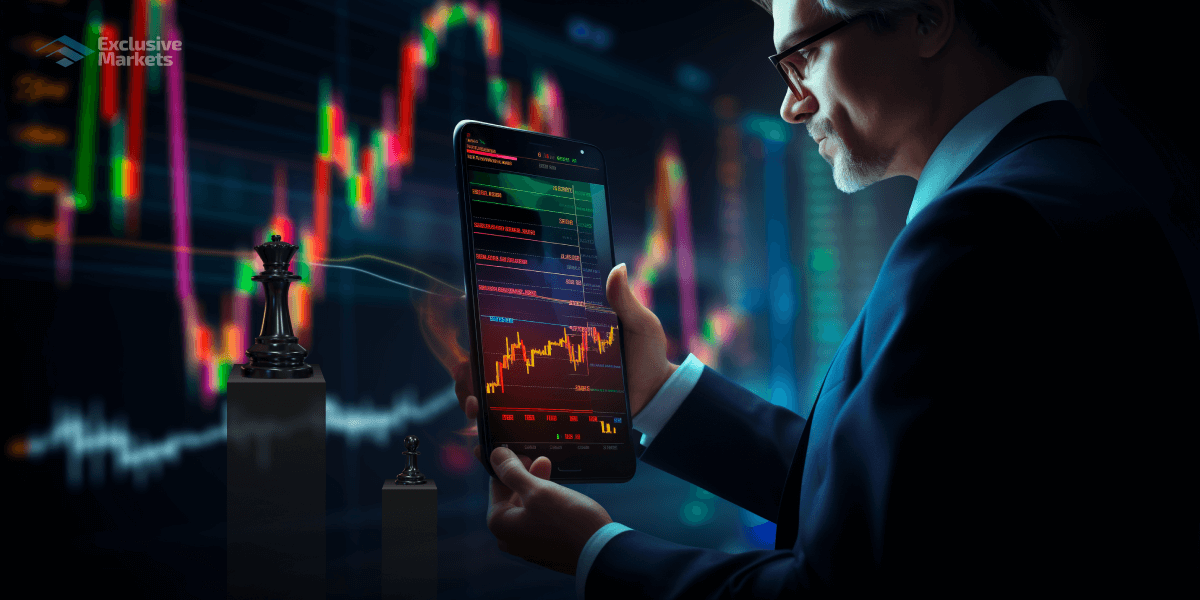
- MetaTrader 4 & 5: These platforms are widely used for automated trading in the forex markets, offering a user-friendly interface and the ability to run EAs. With a vast community of developers, there’s also an abundance of pre-built algorithms available.
- cTrader: Another popular platform, cTrader, offers a comprehensive trading environment along with support for automated trading through its cAlgo feature.
- TradingView: Although primarily known for charting and analysis, TradingView allows for creating custom scripts and automated trading strategies through its Pine Script language.
- Social Trading Platforms: Platforms like eToro enable traders to copy the trades of experienced investors automatically, providing a more hands-off approach to forex trading.
Key Considerations for Automated Trading
While automated trading has its benefits, traders should be aware of several key considerations:
- Market Volatility: Automated systems can struggle during times of high market volatility, leading to unexpected losses. It is crucial to monitor market conditions regularly.
- Technical Issues: Relying entirely on technology can come with risks, including software bugs or connectivity issues that may prevent trades from being executed correctly.
- Over-Optimization: Traders might fall into the trap of over-optimizing their strategies based on historical data, resulting in poor performance in real market conditions.
- Fees and Costs: Automated trading can sometimes incur higher fees, especially when utilizing certain platforms or tools. It is essential to understand these costs to ensure profitability.
The Future of Automated Forex Trading
As technology continues to advance, the world of automated forex trading is set to evolve even further. Innovations such as artificial intelligence (AI) and machine learning are increasingly being integrated into trading algorithms, allowing for more sophisticated and adaptable trading strategies. These developments will enable traders to react to market conditions more intelligently, providing them with even greater opportunities for success.
The growth of automated trading tools is also likely to democratize access to forex trading, allowing more individuals to participate in the market regardless of their experience level. With user-friendly platforms and robust educational resources, the barriers to entry for aspiring traders continue to diminish.
Conclusion
Automated forex trading represents a significant shift in how individuals approach the foreign exchange market. By leveraging technology, traders can enhance their efficiency, eliminate emotional decision-making, and diversify their strategies. While there are challenges to overcome, the benefits of automated trading are compelling. As the landscape of trading continues to evolve, embracing automated solutions may be crucial for achieving long-term success in the forex market.

